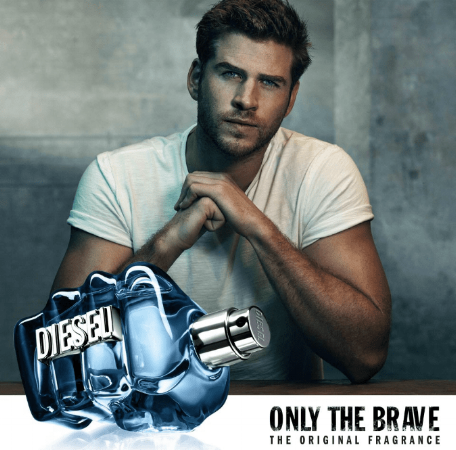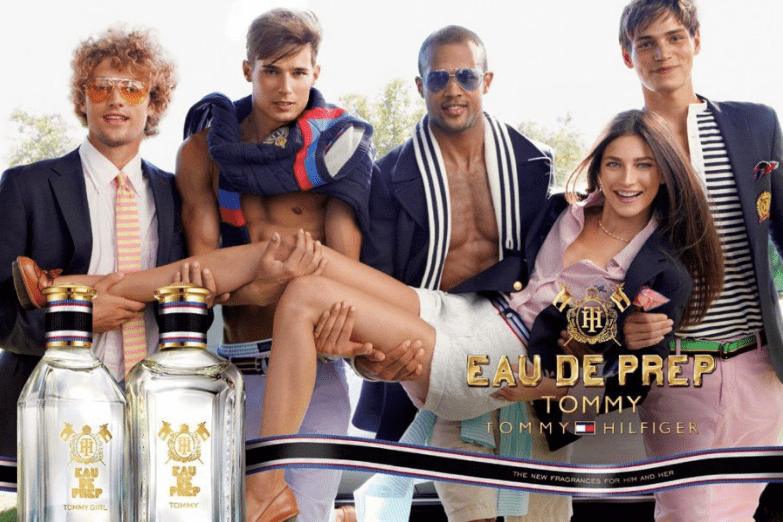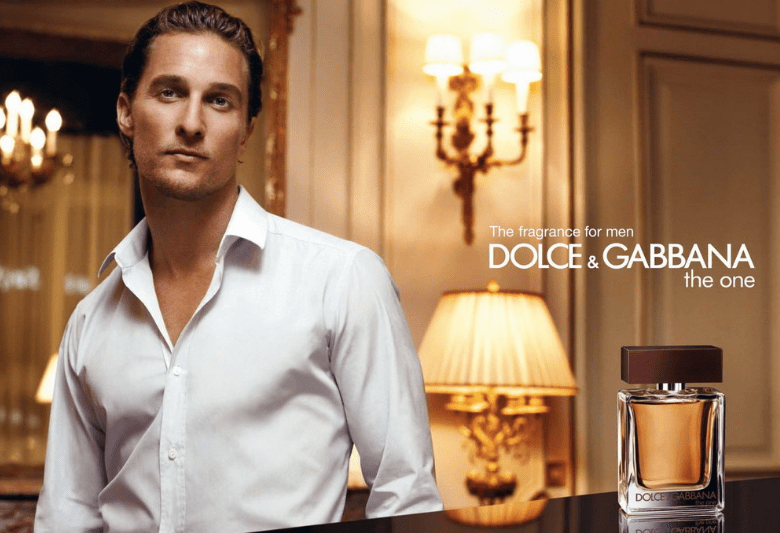Value Propositions: Cologne
(If you’re crafting Value Propositions, you’ll love my free Value Propositions eBook, full of tips for designing and testing compelling Value Propositions that will delight your customers.)
How do you sell cologne?
How do you convey a compelling value proposition about a smell without your customers inhaling it?
Do you focus on the ingredients?
Masculinity?
Celebrity endorsements?
It’s a bizarre industry.
A core product that costs a few dollars to produce, but sells for over $100 per bottle, thanks to the power of marketing.
I recently purchased a bottle for my dad’s birthday, an intimidating customer journey that was all over in about three minutes.
In the 5 E’s model, this was the Enter and Engage phases.
Without any conscious thought on my part, here’s how it went:
1. Automatically rule out all the brands that looked cliché, sleazy and inappropriate - Goodbye Drakkar Noir, Mercedes and the Paco Rabanne one shaped like a gold brick.
2. Knock out all those outside of my price range - Sorry Tom Ford and John Varvatos, I’m sure yours smell lovely, but I am not spending more than $60.
3. Talk to a staff member, ask for a recommendation – Gathering social proof about what other people are enjoying (or what pays them more commission).
4. Appraise the box and the bottle itself – Bad luck to Davidoff one shaped like a dumbbell, but good news for Issey Mikake and the Diesel one shaped like a fist.
5. Try a few samples on pieces of cardboard – Rule out those that are unpleasant, this is pure gut instinct; you know what you like.
6. Tell yourself a story about each of them – What do they say about the wearer? Summery or Spicy? Sophisticated or Sketchy?
7. Try the favourite on your arm – Pro Tip: it smells different than on the cardboard.
8. Decide that you’re comfortable with the favourite – You’re either endorsing this (if it’s a gift) OR you’re imagining that this will increase your quality of life (if it’s for you).
9. Pick a size of bottle – Bigger is better “value” but also takes more of your cash.
10. Purchase – Job done, time to not think about cologne again for another two years.
A few interesting things stand out:
· For a product that is purely a scent, the scent itself didn’t come into play until Step 5, after 70% of the field had been ruled out.
· I have no idea what is actually in the product, just some visual representations like the ocean or leather or a shirtless man in the woods.
· However, if you told me the ingredients (like Sandalwood or Amber), I still couldn’t imagine what it would smell like.
· I cannot be tricked into buying something I don’t like once I’ve tried it. Impossible.
· I can be tricked into trying/not trying something based on their advertisement and positioning. I will realistically not try more than 10-15 before making a decision, which rules out the vast majority of the available options.
· I have no frame of reference about pricing. Is $60 a good price? Is $110 a good price? How much better does the $110 one need to smell for it to be worthwhile? Irrational decisions, made by me on the spot, slightly dizzy from trying twelve colognes in two minutes.
· The product itself has no literal value proposition, it’s alcohol mixed with fragrance. We talk about Gain Creators and Pain Relievers, and here they are purely things I make up on the spot, like “This will get compliments” or “No more being teased for still wearing Lynx!”
So how do companies make their way through those first five steps?
They want to convince the customer to just try the cologne, to see what they think.
Let’s look at some examples:
Davidoff have decided to play the Casino Royale card, evoking the idea that you can be like 007.
No indication of how it smells, they've gone all in on the "high roller" theme.
Tommy Hilfiger called theirs Eau De Prep.
That's either repulsive or magnetic, and they're banking on magnetic.
This is selling a lifestyle, one that's fun, fashionable and co-ed.
Smell like a rich young model with model friends.
Versace have decided to go with something pretty blatant - this is about being desirable.
Greek mythological imagery, the name Eros, and a cold stare from a naked man.
Confronting and bold.
Issey Miyake has gone for the themes of nature and freshness, and this is a refreshing break from the dude parade.
Minimal, natural, clean.
An unusual and clever approach, highlighting the textures of their ingredients.
D&G go for a nice balance here - formal yet unbuttoned, smouldering and sophisticated.
The message here seems to be "be effortlessly cool", you can smell like someone important yet relaxed.
This, uh, this is pretty much the exact opposite approach by the same brand - D&G.
The value proposition here is...
Masculinity?
Freshness?
Effortlessness?
Summer?
Desirability?
A bold choice for the bold gentleman.
This one is different, an image of culture, refinement, simplicity and craftsmanship.
Not for everyone, but it will resonate with their customer base.
Cleverly goes against the grain.
Another unusual take, Davidoff this time going for bravery, wilderness and exploration.
The carefully positioned bike says much more than the bottle, and Ewan is a nice choice of model - manly yet well groomed.
Captain America here is going straight to the message of lust and desirability - "women want you to wear this".
No refinement, just passion.
Another example of a polarising ad, you will love it or hate it.
Here Hugo Boss go for a day/night combo - same model, different contexts, different fragrances (or so they'd like you to believe).
The idea is to buy both, and to change your cologne like you'd change your outfit.
The value proposition here is that you can smell "right" for every occasion, fitting in and looking sharp.
Here the idea is to borrow David Beckham's personal brand, and use it to sell an otherwise unbranded cologne.
David is a good choice, appealing to both men and women, seen as tough, courageous, fashionable and masculine.
The other compelling value proposition?
It's affordable.
Money.
Wealth.
Success.
Status.
Power.
Opulence.
Can a cologne really deliver all that?
Of course not, but why not have a taste of the high life with a replica gold brick on your bathroom sink?
Ralph Lauren have gone for a slightly different approach, one fuelled by racing, adrenaline, cars, freedom and performance.
Strong, striking and bold.
The moral of all this?
Tell a compelling visual story (even if it has nothing to do with the product itself).
Learn how your customers behave, and get hyper focused on winning those early battles for their attention.
You could make a wonderful product, but if it fails to capture the interest of your customer, they can’t make a purchase decision.
For more of the Value Propositions Case Studies series;
Part One featuring Louis Vuitton, AFL, Uber and TOMS
Part Two featuring Nespresso, Heineken, and Shoes of Prey
Part Three featuring a variety of Men’s Watches and Chocolate brands
Part Four featuring the classic iPod ads, Whiskey, Hardware, Butter and Barossa Tourism
Being The Best explores how companies frame themselves as industry leaders
Being The Cheapest covers strategies for demonstrating value for money
Social Proof examines how brands make themselves look popular and trustworthy
Cologne looks at how intangible gains are conveyed through imagery and design
Bottled Water compares ten brands selling the same product in different ways
























